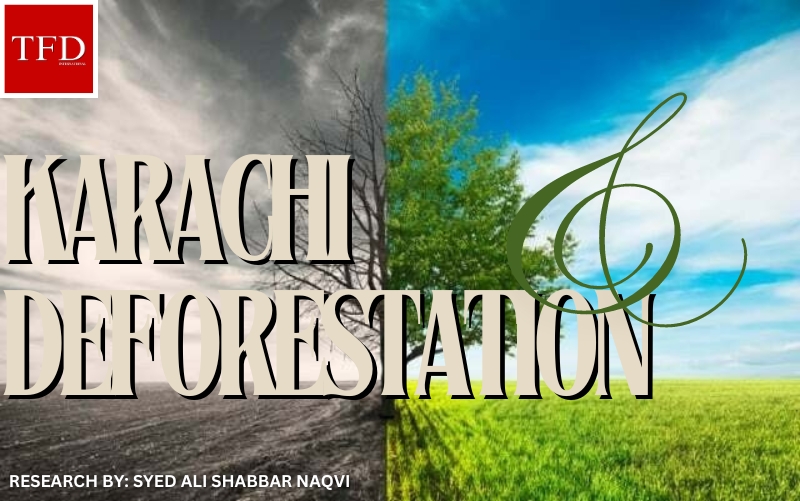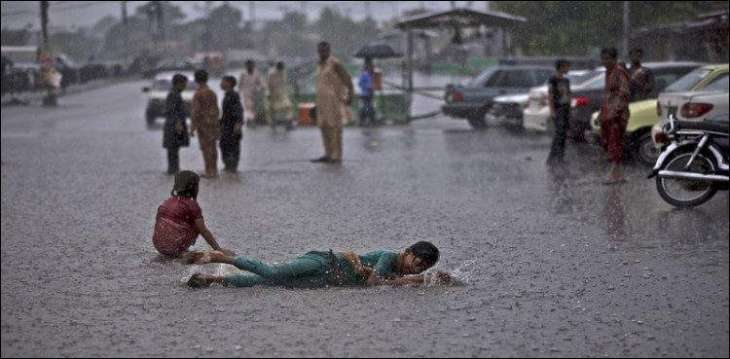In a move that has raised alarm among environmentalists and citizens alike, the government of Karachi has embarked on a widespread tree-cutting campaign. Instead of planting new trees to combat the city’s escalating heat and pollution levels, authorities are cutting down existing trees, citing urban development needs. This action, if continued, could have dire consequences for Karachi’s environment and the health of its residents.
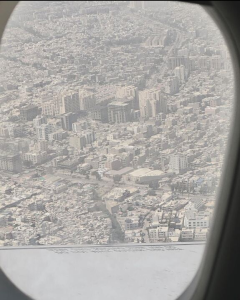
Current Situation:
Despite the known benefits of urban greenery, Karachi’s government has prioritized infrastructure projects over environmental preservation. Trees that once lined streets and provided shade and air purification are being removed at an alarming rate. This decision comes at a time when Karachi is already grappling with severe weather conditions, including rising temperatures and increased air pollution.
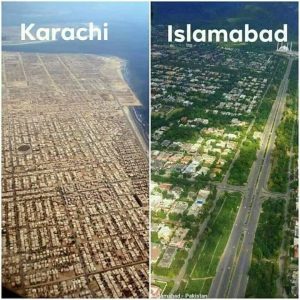
Temperature Trends (June 2018 – June 2023):
June 2018:
Average High: 34°C (93°F)
Average Low: 29°C (84°F)
Conditions: Mostly cloudy with moderate winds.
Humidity: Around 74%
Precipitation: 0 mm
June 2019:
Average High: 34°C (93°F)
Average Low: 28°C (82°F)
Conditions: Partly cloudy with moderate winds.
Humidity: Around 72%
Precipitation: 0 mm
June 2020:
Average High: 34°C (93°F)
Average Low: 30°C (86°F)
Conditions: Mostly cloudy with moderate winds.
Humidity: Around 69%
Precipitation: 0 mm
June 2021:
Average High: 32°C (90°F)
Average Low: 28°C (82°F)
Conditions: Cloudy with moderate to strong winds.
Humidity: Around 70%
Precipitation: 0 mm
June 2022:
Average High: 36°C (97°F)
Average Low: 28°C (82°F)
Conditions: Mostly cloudy with moderate winds.
Humidity: Around 72%
Precipitation: 0 mm
June 2023:
Average High: 35°C (95°F)
Average Low: 29°C (84°F)
Conditions: Partly cloudy with occasional smoke and strong winds.
Humidity: Around 68%
Precipitation: 0.3 mm
June 2022: Average high of 39°C
In 2024, the city recorded its highest temperature at a scorching 41.5°C. This upward trend is a direct result of urbanization and deforestation, reducing the natural cooling effects that trees provide.
Over the past five years, Karachi has seen a trend of rising temperatures during the month of June, exacerbated by the loss of green cover. This increase is linked to the urban heat island effect, where concrete and asphalt absorb and retain heat, significantly raising local temperatures. The reduction in trees further diminishes the natural cooling effect they provide through shade and transpiration (Time and Date) (World Weather Online).
Potential Consequences:
Increased Heat Island Effect:

Without the cooling effect of trees, Karachi could experience even higher temperatures. Trees provide shade and release water vapor through transpiration, which cools the air. Their removal will exacerbate the urban heat island effect, making the city hotter and less habitable, especially during the sweltering summer months.
Worsening Air Quality:
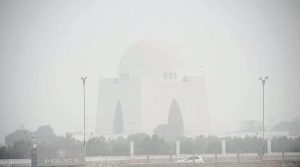
Trees act as natural air filters, trapping pollutants and releasing oxygen. The loss of these natural air purifiers will lead to deteriorating air quality, which could increase respiratory problems among the population, particularly affecting children and the elderly.
Reduced Biodiversity:
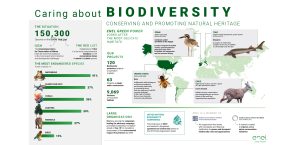
Urban trees provide habitat for various bird species and insects. Their removal threatens local biodiversity, disrupting the ecosystem and leading to the potential loss of native species.
Increased Flood Risk:
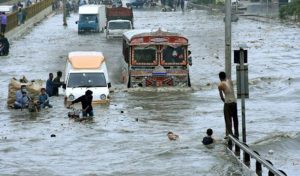
Trees help manage stormwater by absorbing significant amounts of rainwater. Their absence could lead to increased surface runoff, raising the risk of urban flooding during monsoon seasons.
Mental Health Impact:
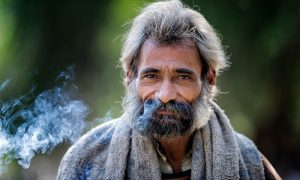
Green spaces are known to improve mental health and well-being. The reduction of greenery in the city could contribute to higher stress levels and decreased overall quality of life for Karachi’s residents.
Call to Action:
Environmental advocates are urging the government to reconsider its approach and prioritize the planting of new trees to replace those being cut down. Sustainable urban development should incorporate green spaces to ensure a healthier, more resilient city. Immediate steps must be taken to balance development with environmental preservation to safeguard Karachi’s future.
For the sake of Karachi’s environment and its residents, it is imperative that the government reverses its current trajectory and commits to expanding the city’s green cover. The consequences of continued tree cutting are too severe to ignore, and proactive measures are necessary to prevent an environmental and public health crisis.
To Keep Updated Visit & Follow our Facebook Page Or Our Website


